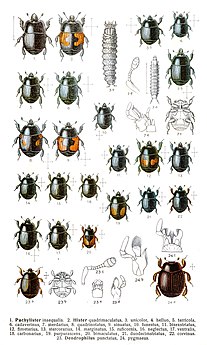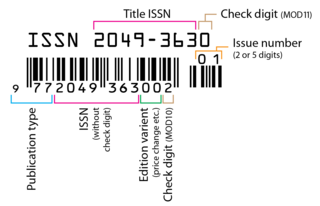Exosternini is a tribe of clown beetles in the family Histeridae. There are at least 60 genera and 800 described species in Exosternini.

Dendrophilinae is a subfamily of clown beetles in the family Histeridae. There are more than 30 genera and 490 described species in Dendrophilinae.

Abraeinae is a subfamily of clown beetles in the family Histeridae. There are at least 20 genera and at least 440 described species in Abraeinae.

Saprininae is a subfamily of clown beetles in the family Histeridae. There are more than 50 genera and 800 described species in Saprininae.
Platysoma is a genus of clown beetles in the family Histeridae. There are at least 60 described species in Platysoma.
Teretrius is a genus of clown beetles in the family Histeridae. There are at least 70 described species in Teretrius.
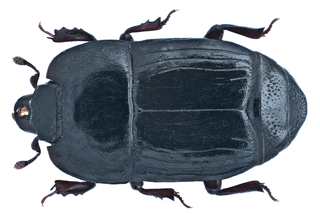
Platysomatini is a tribe of clown beetles in the family Histeridae. There are at least 30 genera and 380 described species in Platysomatini.
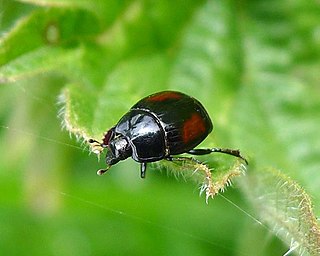
Atholus is a genus of clown beetles in the family Histeridae. There are at least 70 described species in Atholus.
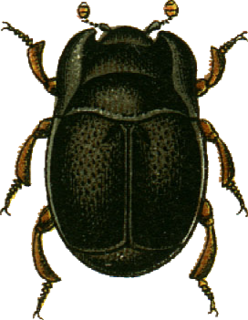
Plegaderus is a genus of clown beetles in the family Histeridae. There are at least 20 described species in Plegaderus.
Bacanius is a genus of clown beetles in the family Histeridae. There are at least 70 described species in Bacanius.
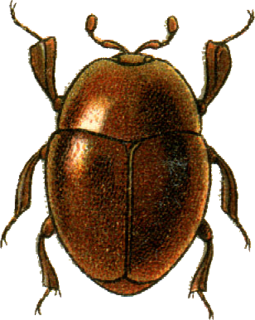
Bacaniini is a tribe of clown beetles in the family Histeridae. There are about 16 genera and at least 170 described species in Bacaniini.

Epierus is a genus of clown beetles in the family Histeridae. There are at least 40 described species in Epierus.
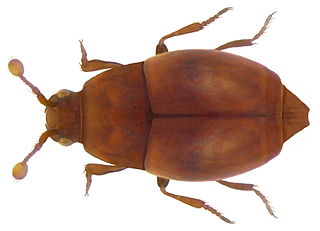
Aeletes is a genus of clown beetles in the family Histeridae. There are at least 80 described species in Aeletes.
Eurylister is a genus of clown beetles in the family Histeridae. There are at least 40 described species in Eurylister.

Halacritus is a genus of clown beetles in the family Histeridae. There are at least 20 described species in Halacritus.

Gnathoncus is a genus of clown beetles in the family Histeridae. There are at least 20 described species in Gnathoncus.
Euspilotus is a genus of clown beetles in the family Histeridae. There are at least 80 described species in Euspilotus.
Plagiogramma is a genus of clown beetles in the family Histeridae. There are at least 30 described species in Plagiogramma.
Hypocacculus is a genus of clown beetles in the family Histeridae. There are at least 20 described species in Hypocacculus.

